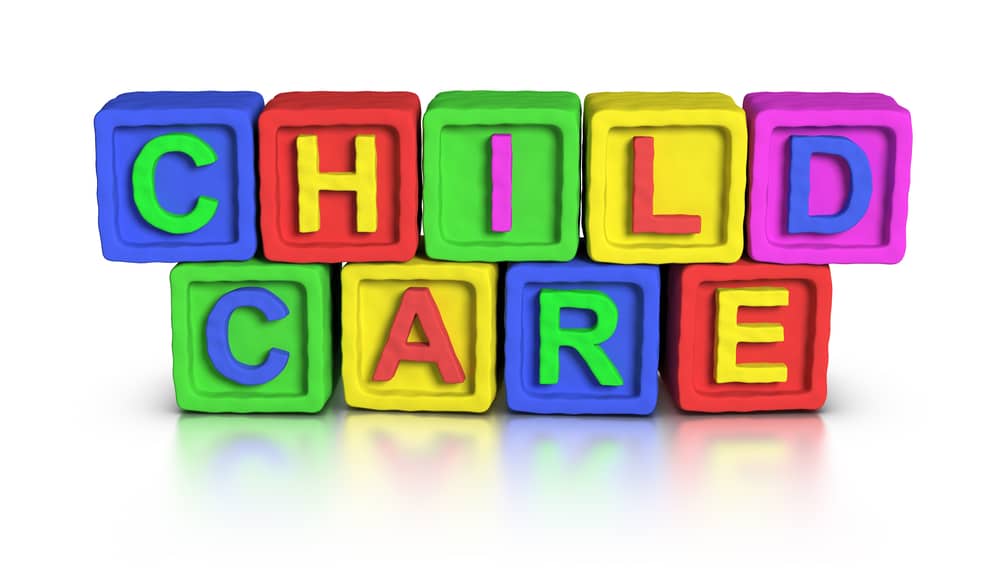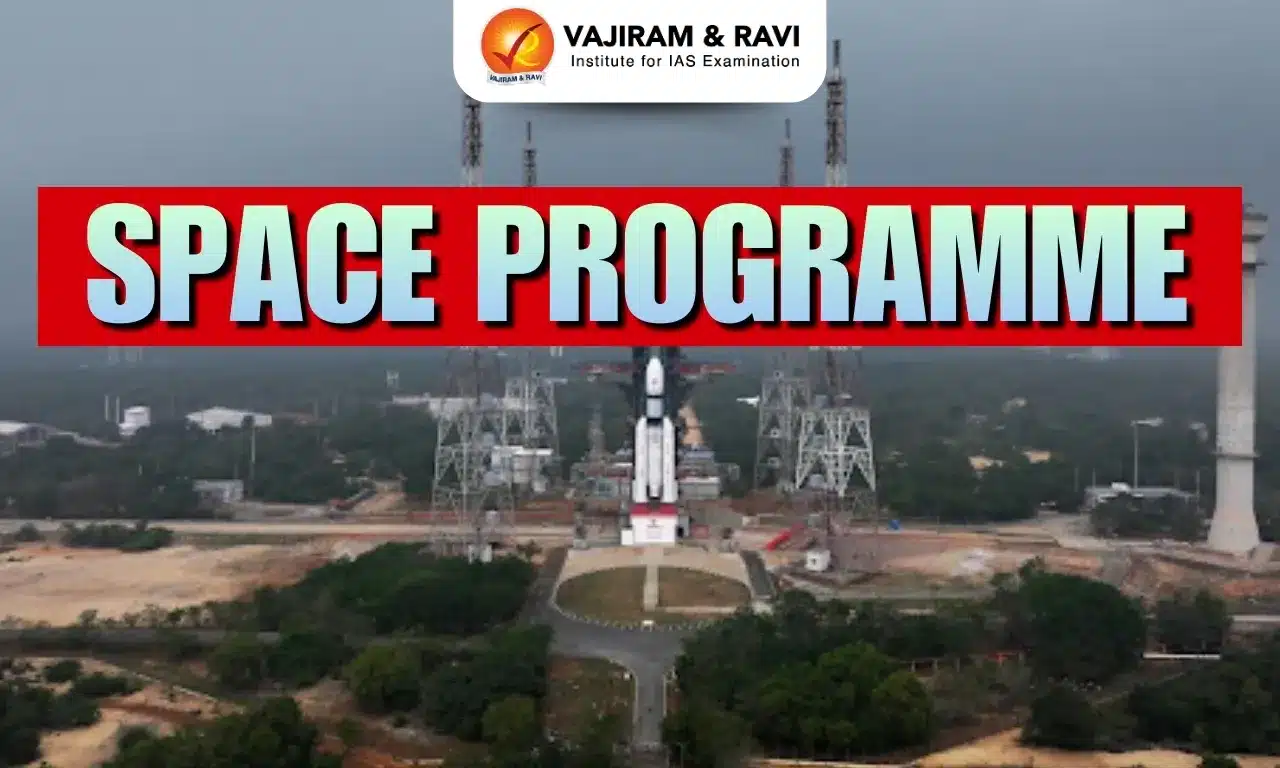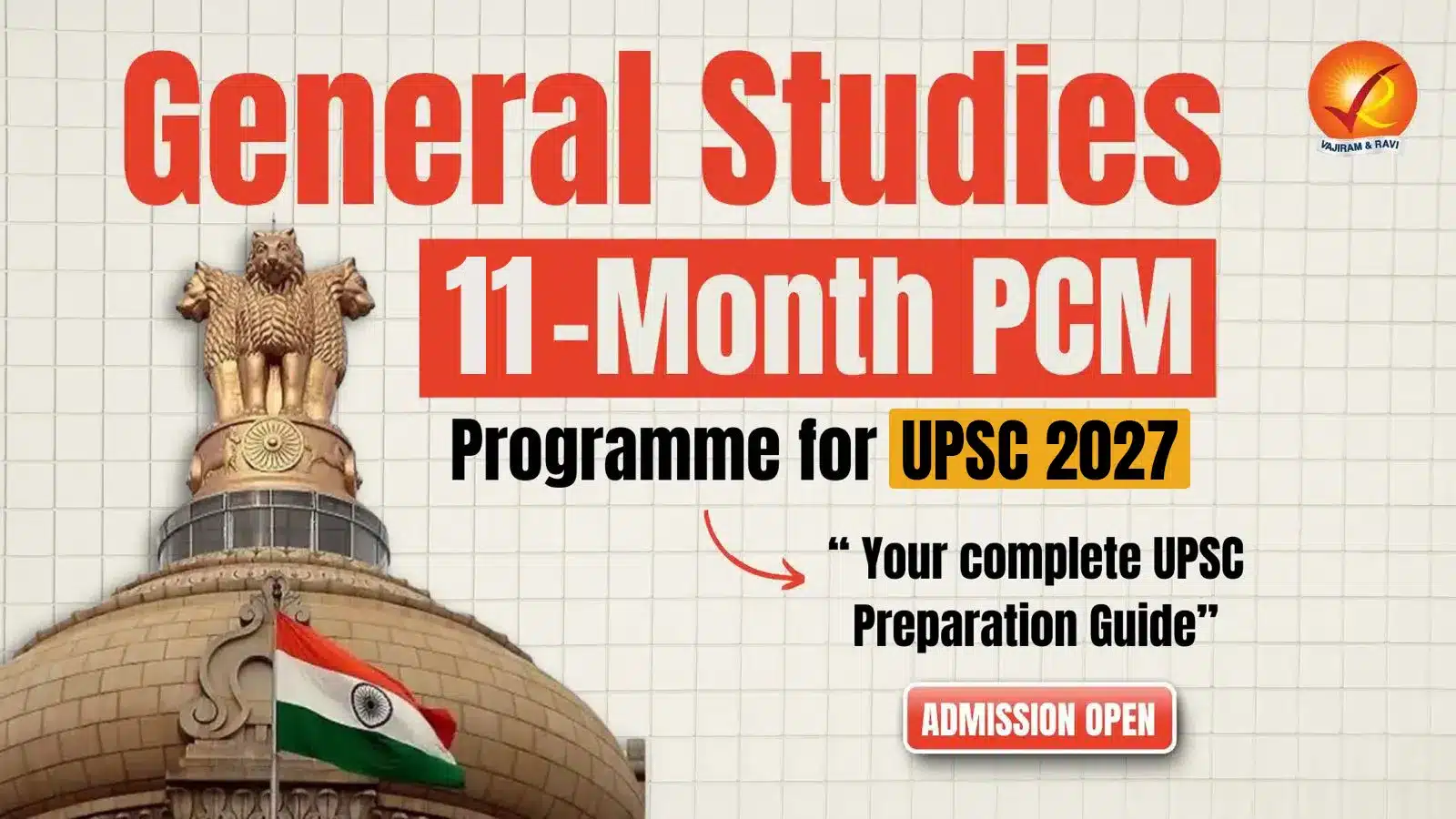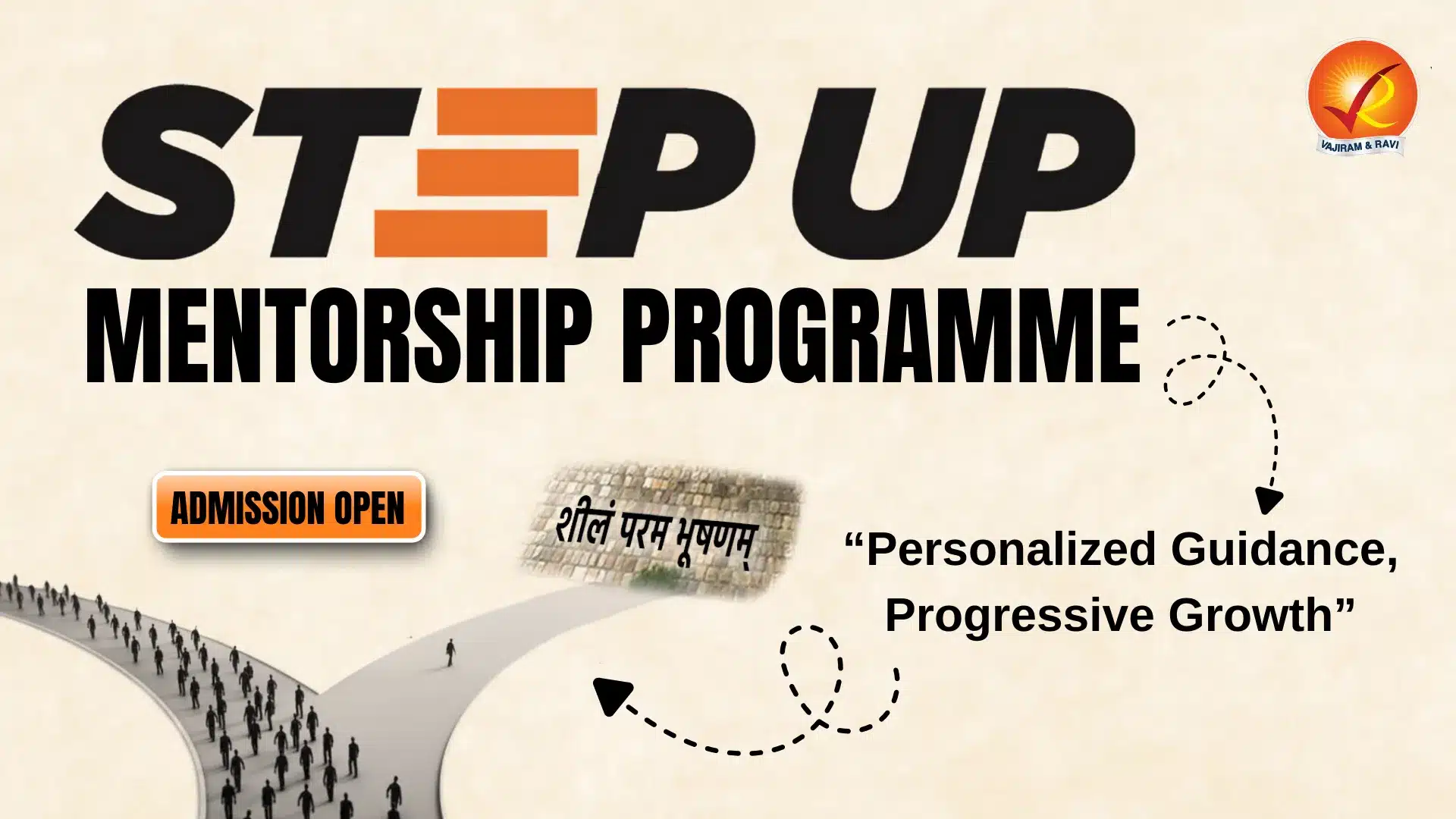What’s in Today’s Article?
- Why in News?
- What are Patient Safety Provisions in India?
- How is Neonatal Safety Maintained in India?
- What are the Issues Neonates Face?
- Conclusion
Why in News?
- Former British nurse Lucy Letby was sentenced to life in prison earlier this week after being found guilty in the worst child serial killer case in the history of the U.K.
- Letby killed infants by injecting them with air, others were force-fed milk and two were poisoned with insulin.
What are Patient Safety Provisions in India?
- Patient safety is a fundamental element of public healthcare.
- As per the Union Health Ministry document titled, ‘National Patient Safety Implementation Framework (2018-2025)’, patient safety is defined as the freedom for a patient from unnecessary harm or potential harm associated with provision of healthcare.
- Patients in India are protected under multiple layers of law that are largely fragmented.
- The first idea of patient safety is enshrined in the Hippocratic Oath
- Additionally, the Consumer Protection Act, 2019 deals with medical negligence and deficiency of services.
- Legal rights of the patients are set out in the Clinical Establishment Act, 2010.
- The National Pharmaceutical Pricing Authority and Drugs Controller General of India have mechanisms to see that patients’ rights in terms of medication and devices are protected and that they are not overcharged, among other things.
How is Neonatal Safety Maintained in India?
- A new-born infant, or neonate, is a child under 28 days of age. During these first 28 days of life, the child is at highest risk of dying.
- There are no exclusive rules for neonatal care and safety, or protection against external harm in Indian hospitals.
- However, there are provisions and checks against issues like inadvertent mix-up of babies at birth and abduction.
What are the Issues Neonates Face?
- Infant Mortality Rate –
- World Health Organization data shows that in 2019, 47% of all under-five deaths occurred in the new-born period with about one third dying on the day of birth and close to three quarter dying within the first week of life.
- The current infant mortality rate for India in 2023 is 26.6 deaths per 1,000 live births, a 3.89% decline from 2022.
- The infant mortality rate for India in 2022 was 27.6 deaths per 1,000 live births.
- Children who die within the first 28 days of birth suffer from conditions and diseases associated with lack of quality care at birth or skilled care and treatment immediately after birth and in the first days of life.
- Pre-term Birth –
- Pre-term birth, intrapartum-related complications (birth asphyxia or lack of breathing at birth), infections and birth defects cause most neonatal deaths.
- Women who receive midwife-led continuity of care (MLCC) provided by professional midwives, educated, and regulated to internationals standards, are 16% less likely to lose their baby and 24% less likely to experience pre-term birth.
Conclusion:
- The WHO has advised families that prompt medical care should be sought in case of danger signs, including feeding problems, or if the new-born has reduced activity, difficult breathing, a fever, fits or convulsions, jaundice in the first 24 hours after birth, yellow palms and soles at any age, or if the baby feels cold.
- Families are also required to register the birth and bring the baby for timely vaccination, according to national schedules. Some new-borns require additional attention and care during hospitalisation and at home to minimise their health risks.
Q1) What is the meaning of Stillbirth?
A late-gestation fetal death occurring at or after 28 weeks of gestation is defined as a stillbirth. In India, estimated 6 lakh stillbirths occur every year.
Q2) What does MMR stand for?
The maternal mortality ratio (MMR) is defined as the number of maternal deaths during a given time period per 100,000 live births during the same time period. The MMR in India stands at 97/ lakh live births.
Source: Explained | What is the care protocol for babies in India?
Last updated on January, 2026
→ Check out the latest UPSC Syllabus 2026 here.
→ Join Vajiram & Ravi’s Interview Guidance Programme for expert help to crack your final UPSC stage.
→ UPSC Mains Result 2025 is now out.
→ UPSC Notification 2026 is scheduled to be released on January 14, 2026.
→ UPSC Calendar 2026 has been released.
→ UPSC Prelims 2026 will be conducted on 24th May, 2026 & UPSC Mains 2026 will be conducted on 21st August 2026.
→ The UPSC Selection Process is of 3 stages-Prelims, Mains and Interview.
→ Prepare effectively with Vajiram & Ravi’s UPSC Prelims Test Series 2026 featuring full-length mock tests, detailed solutions, and performance analysis.
→ Enroll in Vajiram & Ravi’s UPSC Mains Test Series 2026 for structured answer writing practice, expert evaluation, and exam-oriented feedback.
→ Join Vajiram & Ravi’s Best UPSC Mentorship Program for personalized guidance, strategy planning, and one-to-one support from experienced mentors.
→ UPSC Result 2024 is released with latest UPSC Marksheet 2024. Check Now!
→ UPSC Toppers List 2024 is released now. Shakti Dubey is UPSC AIR 1 2024 Topper.
→ Also check Best UPSC Coaching in India

















